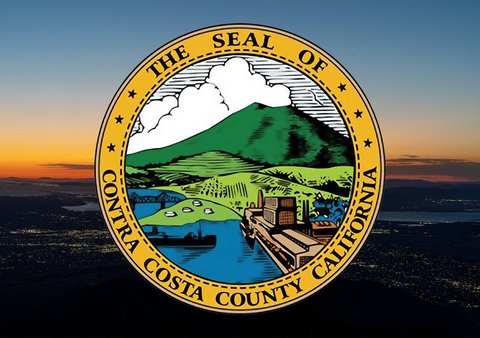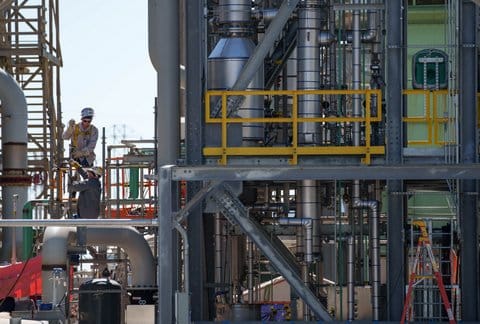
04 Oct Supervisors OK Plan to Capture, Store Greenhouse Emissions

(Image courtesy of Contra Costa County via Bay City News)
By Tony Hicks
Bay City News
The Contra Costa County Board of Supervisors on Tuesday took what it called “an important step to address the climate crisis by identifying strategies that use farms, gardens, parks, and open spaces to capture and store greenhouse gas emissions.”
Supervisors accepted the Healthy Lands, Healthy People report, which found significant potential in Contra Costa County to use natural and working lands to store greenhouse gas emissions, a practice also known as carbon sequestration.
Land in well-managed agriculture and healthy open space sequesters up to 70 times more carbon than any form of urban development, the county said in the report.
The Contra Costa Resource Conservation District developed plans for two urban farms, one in North Richmond and one in Pittsburg, and identified practices the farms can adopt to better capture and store carbon.
“Contra Costa County is leading in our work to look at how we can use all our lands — from prime agriculture to parks to our more urban areas — to reduce harmful emissions,” said John Gioia, chair of the Contra Costa County Board of Supervisors. “We’re especially interested in helping urban farmers in our historically underserved communities produce food for themselves and their neighbors.”
>>>Read: Activists Try to Renew Black People’s Connection to Land and Healthy Food
The county said climate-smart practices with the greatest potential include applying compost to all land types; nutrient management, which means managing the rate, source, placement, and timing of nutrients to improve soil health; and urban forestry, which entails maintaining existing healthy trees and planting new trees.
Other practices the county mentioned include alley cropping, which is planting trees or shrubs between rows of crops, and creating riparian forest buffers, which is conserving, maintaining, and restoring forested areas next to streams, lakes, ponds, and wetlands.
“It’s expected that if the farmers follow the recommendations in the carbon farm plans, they will see better soil quality and productivity, and potential opportunities to generate revenue through participation in emerging markets for carbon offsets from farms,” said Ben Weise, agriculture conservation manager with the Resource Conservation District.
The farm plans identify potential funding sources to implement the different practices recommended. The Resource Conservation District also looked at the potential to sequester carbon on all agricultural lands in the county.
The University of California Cooperative Extension led the community engagement process for this project, which included focus groups across the county in person and online, as well as a survey. UCCE also developed a video that is available in both English and Spanish.
“Land managers across the county, whether involved in farming, parks management, or conservation, are clearly interested in climate smart practices. Many already employ them where they can and most would do more if there were more economic incentives,” said Kamyar Aram, UCCE specialty crops advisor. The study also shows that urban farmers would benefit from access to funding and land for urban farms.
The final report can be found at https://www.contracosta.ca.gov/8465/Healthy-Lands-Healthy-People—A-Carbon-.
Copyright © 2023 Bay City News, Inc. All rights reserved. Republication, rebroadcast or redistribution without the express written consent of Bay City News, Inc. is prohibited. Bay City News is a 24/7 news service covering the greater Bay Area.






No Comments